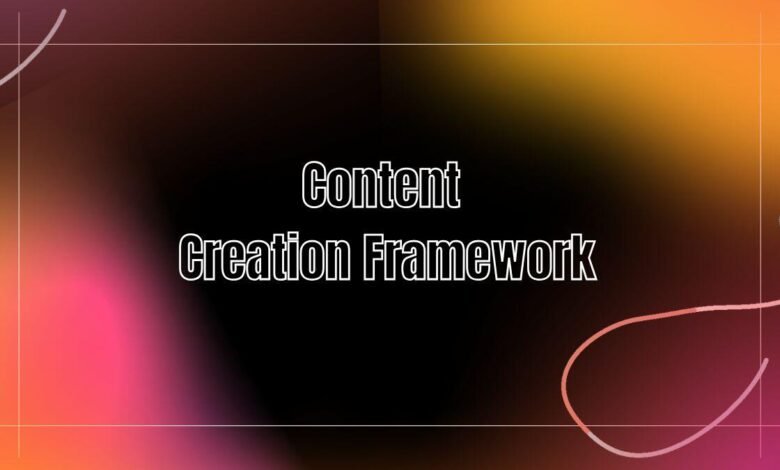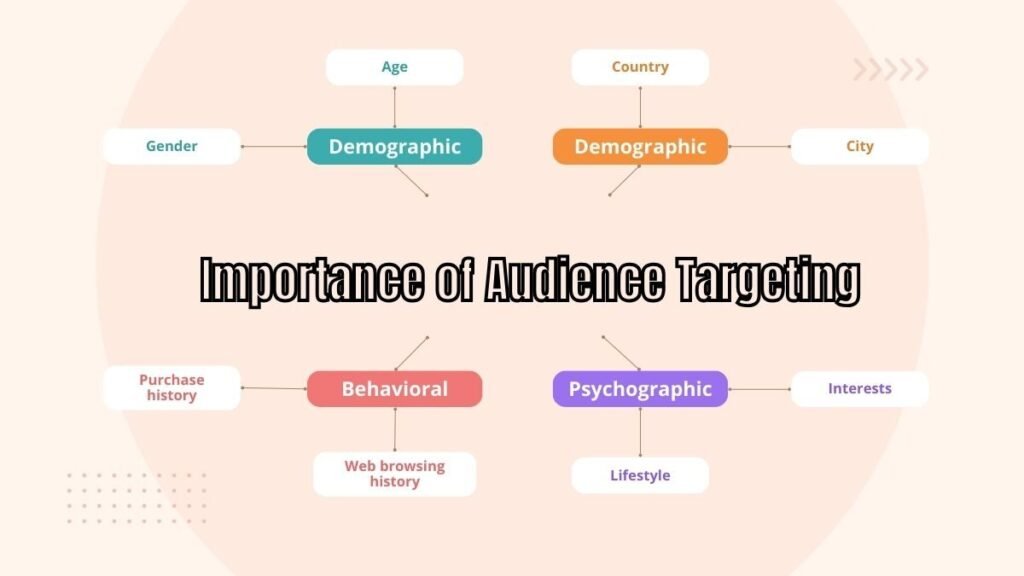Content Creation Framework: How to Build a Scalable Content

Content creation framework become one of the most powerful tools for businesses, whether big or small. Crafting quality content consistently can drive engagement, build brand loyalty, and improve visibility. However, without a solid framework, the journey can be overwhelming and often unproductive. So, let’s break down how to develop a content creation framework that streamlines the process and helps you reach your goals.
Why Do You Need a Content Creation Framework?
A content creation framework is essential for providing structure and consistency. Rather than producing content on the fly, this structured approach helps align your goals, audience needs, and marketing objectives. This makes your content more purposeful and effective in achieving results. With a reliable framework, your team is empowered to plan, produce, and publish content seamlessly, all while maintaining brand consistency.
Understanding Content Strategy Development
Content strategy development is a critical starting point when building a framework. This strategy should be rooted in understanding the purpose behind your content and aligning it with your overall business objectives. Think about what you want to achieve—whether it’s driving sales, educating your audience, or building community engagement. A strong content strategy ensures that every piece you create is purposeful and adds value. Additionally, a good content strategy will help you identify the type of content that resonates best with your audience.
Defining Your Content Marketing Plan
A content marketing plan outlines how you will promote and distribute your content to reach your audience. This plan should include which channels you’ll use—such as social media, email marketing, or your website—and what kind of content will be featured on each platform. Consider how your audience interacts on these channels and tailor your content to fit the platform. Your content marketing plan is also where you set measurable goals. Determine key performance indicators (KPIs) to evaluate your content’s success, like website traffic, engagement rates, and conversion rates.
Must Visit: Flex Flows
Importance of Audience Targeting

Knowing your audience is one of the most important aspects of a successful content framework. Audience targeting allows you to create content that speaks directly to the needs, preferences, and pain points of your target demographic. Conduct thorough research to understand your audience’s behavior, interests, and challenges. This might involve analyzing data from existing customers, conducting surveys, or leveraging social media insights. A clear understanding of your audience helps you segment them based on characteristics like age, location, or profession.
Crafting Compelling Content with SEO in Mind
Once you understand your audience, crafting content that is both engaging and SEO-friendly becomes easier. Content optimization techniques ensure your work reaches a broader audience by improving its visibility on search engines. Begin by researching keywords that are relevant to your industry and align with your audience’s search intent. Use these keywords naturally within your content to improve its ranking potential. SEO isn’t just about keywords. Your content should also be structured for readability, with clear headers, short paragraphs, and descriptive alt text for images.
Planning Content with a Calendar
A content calendar is a valuable tool in any content creation framework. It helps you organize and plan content over time, ensuring you maintain a steady flow of quality work. Start by mapping out key dates, holidays, or events relevant to your audience. Plan your content around these dates to increase relevance and timeliness. A content calendar also helps you maintain consistency, which is crucial in building brand trust and loyalty. It prevents the rush of last-minute content creation and allows you to plan your topics, formats, and publishing schedule in advance.
Choosing the Right Content Types
Different content types serve different purposes and can be used to engage various segments of your audience. Blogs are great for educating and informing, while videos are highly engaging and ideal for social media platforms. Infographics, podcasts, and case studies are also popular content types that can add diversity to your strategy. Experimenting with different types of content helps you determine what resonates most with your audience. It’s important to remember that not all content types will work for every brand or industry.
Setting Realistic Content Goals
Goals provide direction and help you measure the success of your content. Set both short-term and long-term goals, such as increasing website traffic, generating leads, or growing your social media following. Each piece of content you create should contribute towards these larger objectives. Avoid setting overly ambitious goals. Instead, focus on attainable targets that can gradually build momentum. Regularly reviewing your progress allows you to make informed adjustments to your content strategy and ensures that your efforts are leading towards meaningful results.
Analyzing Content Performance
Analyzing content performance is crucial to understanding what’s working and what’s not. Use analytics tools to monitor metrics such as page views, bounce rates, and time spent on page. Social media platforms also provide engagement metrics like likes, shares, and comments. Review this data consistently to spot trends and gain insights into your audience’s preferences. If certain types of content outperform others, consider focusing more resources in that direction.
Adapting to Trends and Feedback
Content trends evolve quickly, and it’s important to stay current. Pay attention to industry news, emerging topics, and changing audience interests. Adapt your content to incorporate these trends when relevant. Additionally, consider feedback from your audience to improve your content’s quality and relevance. For instance, if your audience responds positively to video content, consider producing more video content or experimenting with live sessions.
Encouraging User-Generated Content

User-generated content (UGC) is a powerful addition to your content framework. It not only adds authenticity but also fosters community engagement. Encourage your audience to share their experiences with your products or services, whether through testimonials, reviews, or social media posts Featuring UGC shows your audience that you value their input, creating a sense of connection and trust.
Collaborating with Influencers and Partners
Working with influencers and partners can help amplify your content. By collaborating with individuals who have a strong following in your industry, you can reach a broader audience. This strategy works particularly well for social media, where influencers can promote your brand through posts, stories, or reviews.
Conclusion
Building a content creation framework takes time, planning, and flexibility. By focusing on strategy, audience understanding, SEO, and regular analysis, you can create a framework that produces consistent, impactful content. A well-structured approach not only saves time but also improves your content’s effectiveness and engagement, making it a worthwhile investment.
FAQs
What is a content creation framework?
A content creation framework is a structured approach to planning, creating, and distributing content, aligning it with business objectives for greater impact.
How can I make my content SEO-friendly?
Focus on using relevant keywords, structuring for readability, and incorporating links to improve your content’s SEO.
Why is audience targeting important?
Audience targeting ensures that your content resonates with the specific needs and interests of your ideal audience, improving engagement and conversion.
What types of content should I create?
The best types of content depend on your audience and goals; blogs, videos, infographics, and social media posts are commonly effective.
How often should I update my content strategy?
Regular updates to your strategy, based on performance data and industry trends, help keep your content relevant and effective.
Read More: Digital Marketing Specialist




